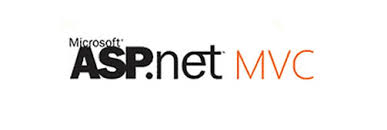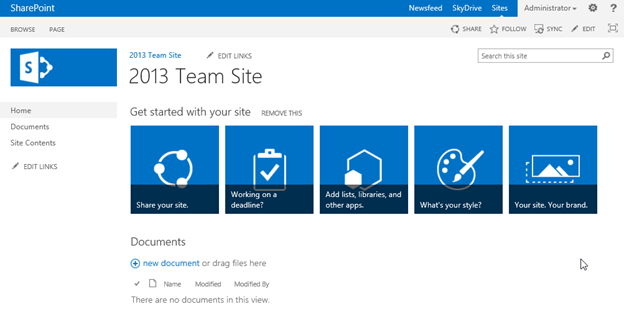Design Patterns: MVVM, server-side MVC and client-side MVC
by Oguz Alpoge
June 12, 2014
A course on advanced client-side technologies will clarify much confusion on the implementation of different design patterns like MVVM (mode-view-view model) and MVC (model-view-controller). In a classroom setting you can share your concerns and questions with the instructor as well with other fellow students.
MVVM, like in KonockOutJS, creates dynamic data binding within the browser between different HTML5 elements of the page. Thus a textbox input can update a "span" tag or a "div" tag without ever posting back to the server. KnockOutJS is also part of the KendoUI JavaScript widgets.
Basically there are two different MVC design patterns, one on the server-side and another one on the client-side. Microsoft ASP.NET MVC implements the server-side MVC inside the server platform, whereas JavaScript frameworks implement MVC inside the browser. In an ideal web application, you can have MVC technology both on the server as well as on the client.
MVC inside the browser has become extremely important during the last few years. One of the reasons is to make the web pages more interactive and fast to respond to user input. Additionally, it enables building single page applications (SPAs) for the end-user to interact with a long form of data without submitting it back to the server.
Many new JavaScript frameworks like AngularJS and EmberJS have evolved for this purpose.
Hands-on experience with the development and debugging tools of these libraries and frameworks is the key to our success in the current marketplace. Corporations and the public demand fast access to and interaction with data on mobile devices. During the next few years, wearable and handheld devices will dominate the marketplace. Interaction with TV sets, automobile dashboards and GPS devices will become extremely important.
The use of JavaScript frameworks with declarative design and templates makes it easier to create beautiful sites instead of intensive coding.
To stay competitive, innovative and unique among businesses and job seekers, we will need to learn these technologies in full.
The New York State has an Empire State development Council headed by its CEO, Kenneth Adams. It promotes increased investment in high-tech industries in NY State. He said in a meeting on Long Island in June 2013 that we are well positioned for technology-driven economic development.
Local start-ups will benefit from these new technologies.
In addition to professionals and small businesses, we are ready to train young talents even at a high school age without any prior coding experience. Young future entrepreneurs are encouraged to join us in our classroom courses. We combine our classroom setting with on-line resources to create a blended learning environment.









